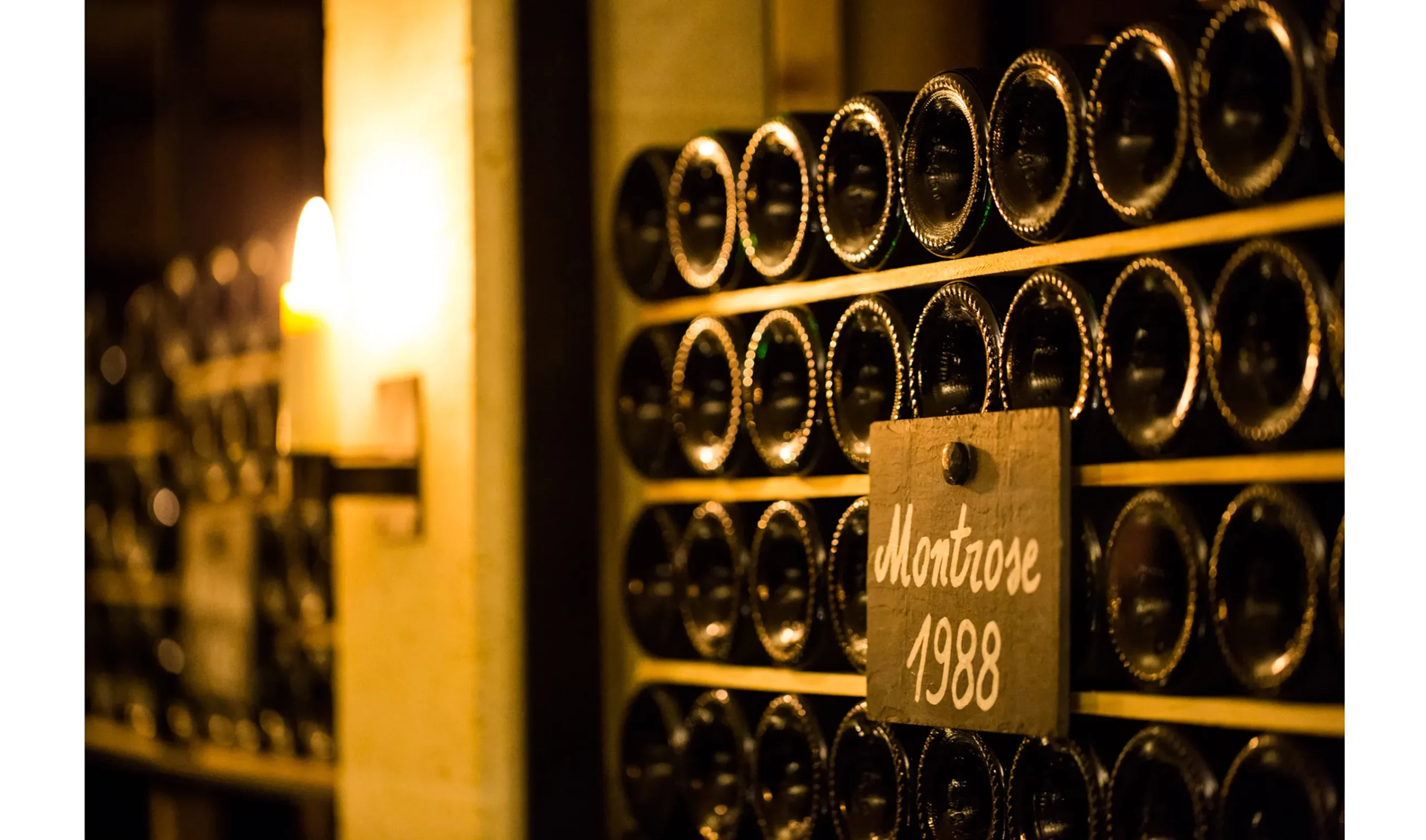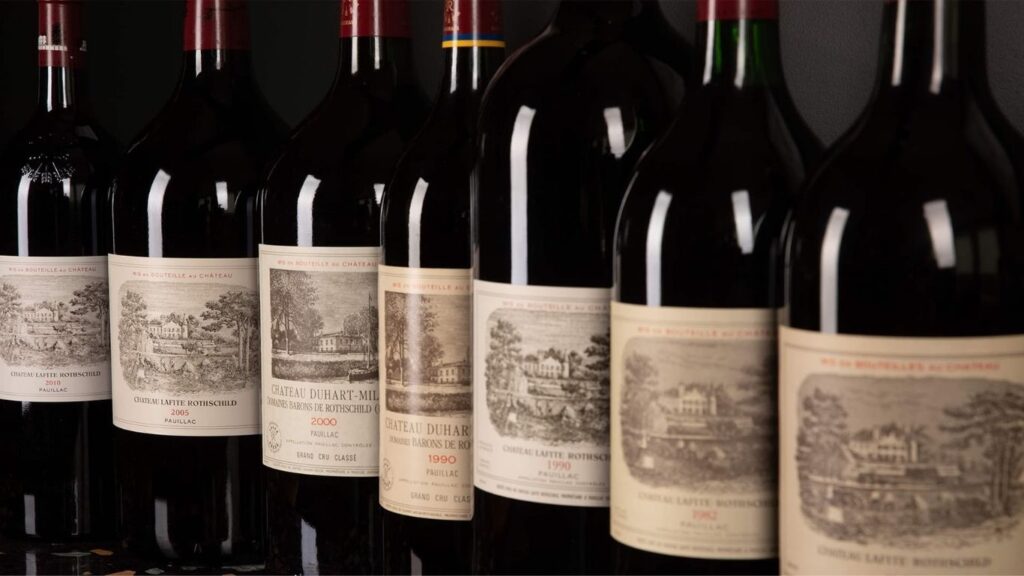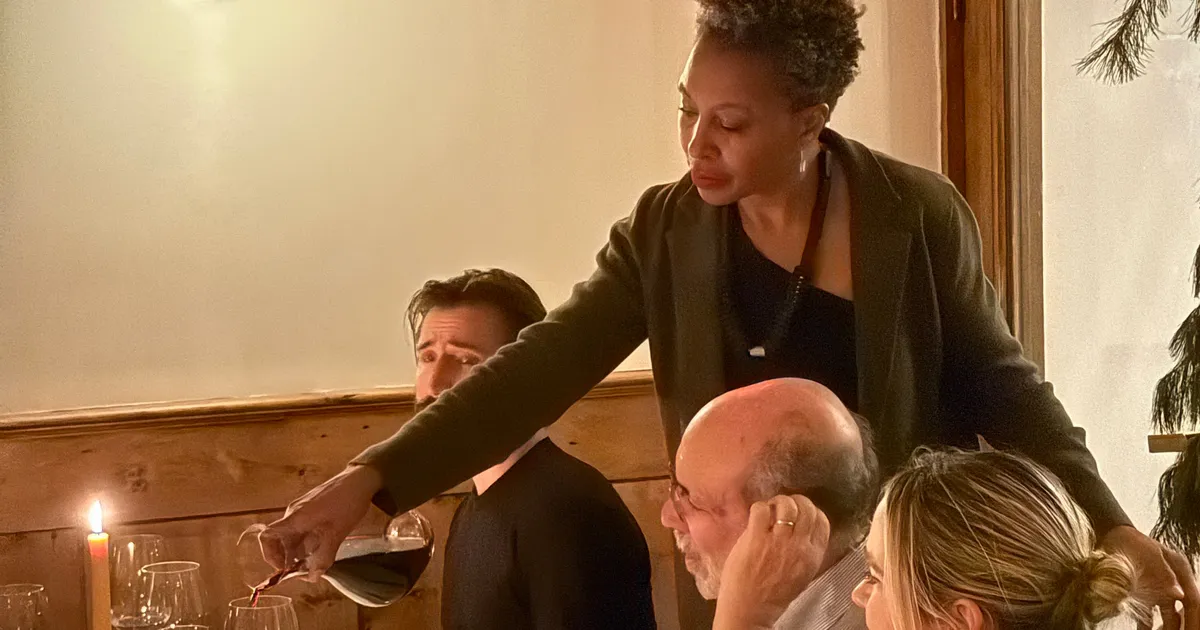Large-format wine bottles are becoming increasingly popular worldwide, from exclusive clubs to supermarkets. Members of upmarket London wine clubs, such as 67 Pall Mall and Oswald’s, celebrate the festive season with impressive large bottles, ranging from imperial bottles of Château d’Yquem 1996 to 18-litre melchiors. The appeal of large bottles is growing, and even supermarkets like Sainsbury’s are capitalizing on this trend by offering magnums of popular wines like La Vieille Ferme rosé.
Large bottles, starting from magnums to 18-litre melchiors, offer multiple benefits. They age wine more slowly, preserving its quality and enhancing its complexity. The thicker glass of large bottles also protects wine from light and temperature fluctuations, improving long-term stability. Additionally, large bottles provide an eco-friendly option by reducing packaging waste. They create an elevated experience, perfect for sharing with a large group, while also being prized for their rarity and sense of grandeur.
Visual Appeal and Prestige
The theatrical appeal of large bottles plays a significant role in their popularity. According to Paul Richards at 67 Pall Mall, these bottles not only offer practical benefits like slow aging but also come with a sense of prestige and exclusivity. The rarity of large formats makes them desirable for collectors. At 67 Pall Mall, wines from large bottles are often served in a dramatic fashion, with special machines like the VCanter and Coravin allowing guests to enjoy exclusive wines by the glass.

Large bottles also present excellent opportunities for wine investors. Peter Shakeshaft from Vin-X notes that larger formats often offer enhanced financial returns, citing examples like the magnums of Petrus 1995. The rarity of these wines, combined with their potential for higher returns, makes them an attractive investment. In current market conditions, large-format wines are relatively affordable, presenting a unique chance for collectors to invest in wines that may appreciate over time.
Auction Successes and Record Sales
Large-format wines have been making waves in the auction world, with rare finds fetching impressive sums. A recent auction in Switzerland saw magnums of Henri Jayer wines, such as the 1978 Richebourg, sell for CHF 109,800. Upcoming auctions, such as one from Dreweatts, feature rare bottles like imperials of Château Latour and Château Mouton Rothschild. These auction highlights show that large-format wines are not only desirable for their aesthetic and experiential qualities but also hold significant financial value.
Despite their many advantages, large wine formats do come with risks. Bottles larger than magnums are sealed with corks, which increases the risk of cork taint. Wine experts like Cam Douglas MS caution that, while large bottles are appealing, the bigger the bottle, the bigger the potential disappointment if the wine is compromised. Still, the allure of large formats remains strong, offering both investment value and an enhanced wine experience for collectors and enthusiasts alike.


